The ewe flock at Tullamore Farm is now primed for breeding following dipping, which took place last Thursday. As well as giving ewes on the farm a clear bill of health for external parasites, dipping was the last quarantine treatment for the 40 ewe hoggets, 15 ewe lambs and three rams purchased in recent months.
The farm does not have dipping facilities and utilised the services of mobile plunge-dipping contractor Kevin Sheridan from Co Meath.
Ewes were dipped in the organophosphate-based product Ectoflits, which was supplied by Kevin. Dipping and the supply of product cost €1.70/head inclusive of VAT.
Ewes were retained in their grazing groups (ewes, ewe hoggets and ewe lambs) after dipping, with the flock currently grazing high-quality grass ahead of breeding, which is due to commence on 24 October.
This will leave ewes lambing from around 20 March onwards, a week earlier than in 2018.
Farm manager Shaun Diver explains the slightly earlier lambing is being selected to best match grass supply and labour availability and also help to finish a greater percentage of lambs off grass, a feat which was not possible this year due to a drought-caused grass shortage in July and August.
A higher grass demand in spring 2018 due to the presence of 60 dairy-beef heifers and a drawn-out calving period also contributed to the mean lambing date being pushed out until April in 2018.
Breeding preparations
Ewe condition is good, with ewes which were falling behind target body condition and separated from the main flock for preferential treatment for a period during August and early September holding in good condition since rejoining the main flock.
Ewe lambs were being grazed with a batch of finishing ewe lambs to minimise the number of grazing groups, while the fact that ewe lambs were also receiving supplementation of 0.2kg per head daily will help to boost performance.
These ewe lambs were purchased since the last update on the flock was published in the Irish Farmers Journal. The lambs were sourced in Waterford, weighed in the region of 42kg on average and cost €110. The plan is to join these with hogget ewes and the Charollais rams after the first breeding cycle.
This will keep the lambing spread tight, but hopefully coincide with less pressure on housing and lambing pens and afford ewe lambs an opportunity to remain indoors for longer if required.
There is a change in breeding this year, with three Texel rams being joined with the mature flock of ewes. The last ram was sourced three weeks ago, a grass-produced hogget from the Chapelizod Texel flock of William Hutchinson.
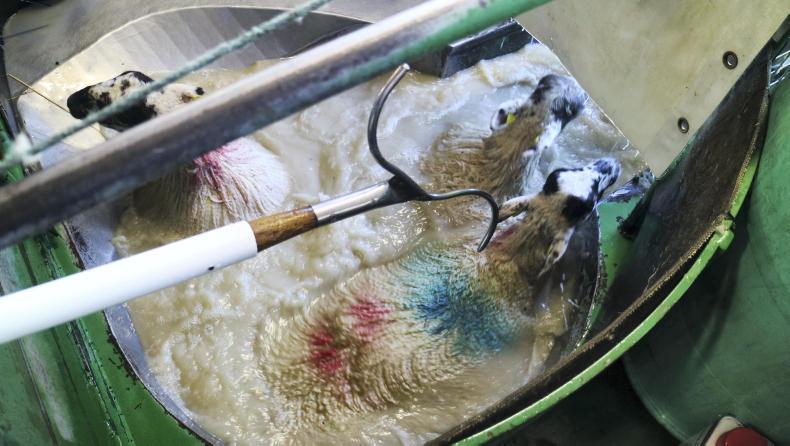
All sheep spend at least 60 seconds in the dipping tank and are fully immersed at least once.
Drafting progress
The drafting rate has slowed down significantly in the last two weeks, with 258 lambs drafted to date and only 28 lambs (25 ewes and three rams) left on the farm at the start of this week.
The three ram lambs are weighing between 35kg and 40kg and Shaun says it is likely that they will be housed this week to move lambs out of sight of ewes and facilitate easier feeding.
Drafting decisions for ewe lambs continue to be based on trying to get the best balance between maximising carcase weight and drafting ewe lambs before going overfat.
Ewe lambs drafted last week achieved a similar kill-out of 44%, with the drafting weight ranging from 42kg to 47kg.
The average carcase weight achieved held steady at 20.5kg with the sale price averaging €97.
Grass supplies
Grass supplies have improved following steps taken in recent weeks to reduce demand. This included housing the 57 Angus, Hereford and Limousin heifers for finishing, while the last batch of 10 cows were weaned on Monday.
The finishing heifers have been built up to 7kg concentrate along with ad-lib high-quality bale silage, with a target of drafting as many heifers as possible in the next month to free up space for housing weanling bulls and cows.
About 40 cows, excluding 14 cull cows which are being fed close to ad-lib concentrates, will be held indoors after weaning with 40 thinner and younger cows that will benefit most from a few weeks grazing remaining outdoors. These cows will be grazed after ewe lambs, ewes and weanlings and clean off paddocks before closing.
Weanlings have settled well after weaning, with the practice of gradual weaning, by removing cows in batches and leaving calves grazing, working well.
Heifers and bulls are being supplemented with 2kg and 2.5kg concentrates respectively on good-quality grass.
Shaun says that if weather deteriorates, bulls will be housed, with no room for any setback in performance in an under-16-month finishing system.
This week’s grass growth was recorded at 41kg DM/ha. Demand of 14kg DM/ha is much lower than growth and is helping the farm to continue to build its average farm cover, which increased from 740kg DM/ha to 810kg DM/ha.
Read more
In pictures: sheep dipping on your doorstep
The ewe flock at Tullamore Farm is now primed for breeding following dipping, which took place last Thursday. As well as giving ewes on the farm a clear bill of health for external parasites, dipping was the last quarantine treatment for the 40 ewe hoggets, 15 ewe lambs and three rams purchased in recent months.
The farm does not have dipping facilities and utilised the services of mobile plunge-dipping contractor Kevin Sheridan from Co Meath.
Ewes were dipped in the organophosphate-based product Ectoflits, which was supplied by Kevin. Dipping and the supply of product cost €1.70/head inclusive of VAT.
Ewes were retained in their grazing groups (ewes, ewe hoggets and ewe lambs) after dipping, with the flock currently grazing high-quality grass ahead of breeding, which is due to commence on 24 October.
This will leave ewes lambing from around 20 March onwards, a week earlier than in 2018.
Farm manager Shaun Diver explains the slightly earlier lambing is being selected to best match grass supply and labour availability and also help to finish a greater percentage of lambs off grass, a feat which was not possible this year due to a drought-caused grass shortage in July and August.
A higher grass demand in spring 2018 due to the presence of 60 dairy-beef heifers and a drawn-out calving period also contributed to the mean lambing date being pushed out until April in 2018.
Breeding preparations
Ewe condition is good, with ewes which were falling behind target body condition and separated from the main flock for preferential treatment for a period during August and early September holding in good condition since rejoining the main flock.
Ewe lambs were being grazed with a batch of finishing ewe lambs to minimise the number of grazing groups, while the fact that ewe lambs were also receiving supplementation of 0.2kg per head daily will help to boost performance.
These ewe lambs were purchased since the last update on the flock was published in the Irish Farmers Journal. The lambs were sourced in Waterford, weighed in the region of 42kg on average and cost €110. The plan is to join these with hogget ewes and the Charollais rams after the first breeding cycle.
This will keep the lambing spread tight, but hopefully coincide with less pressure on housing and lambing pens and afford ewe lambs an opportunity to remain indoors for longer if required.
There is a change in breeding this year, with three Texel rams being joined with the mature flock of ewes. The last ram was sourced three weeks ago, a grass-produced hogget from the Chapelizod Texel flock of William Hutchinson.

All sheep spend at least 60 seconds in the dipping tank and are fully immersed at least once.
Drafting progress
The drafting rate has slowed down significantly in the last two weeks, with 258 lambs drafted to date and only 28 lambs (25 ewes and three rams) left on the farm at the start of this week.
The three ram lambs are weighing between 35kg and 40kg and Shaun says it is likely that they will be housed this week to move lambs out of sight of ewes and facilitate easier feeding.
Drafting decisions for ewe lambs continue to be based on trying to get the best balance between maximising carcase weight and drafting ewe lambs before going overfat.
Ewe lambs drafted last week achieved a similar kill-out of 44%, with the drafting weight ranging from 42kg to 47kg.
The average carcase weight achieved held steady at 20.5kg with the sale price averaging €97.
Grass supplies
Grass supplies have improved following steps taken in recent weeks to reduce demand. This included housing the 57 Angus, Hereford and Limousin heifers for finishing, while the last batch of 10 cows were weaned on Monday.
The finishing heifers have been built up to 7kg concentrate along with ad-lib high-quality bale silage, with a target of drafting as many heifers as possible in the next month to free up space for housing weanling bulls and cows.
About 40 cows, excluding 14 cull cows which are being fed close to ad-lib concentrates, will be held indoors after weaning with 40 thinner and younger cows that will benefit most from a few weeks grazing remaining outdoors. These cows will be grazed after ewe lambs, ewes and weanlings and clean off paddocks before closing.
Weanlings have settled well after weaning, with the practice of gradual weaning, by removing cows in batches and leaving calves grazing, working well.
Heifers and bulls are being supplemented with 2kg and 2.5kg concentrates respectively on good-quality grass.
Shaun says that if weather deteriorates, bulls will be housed, with no room for any setback in performance in an under-16-month finishing system.
This week’s grass growth was recorded at 41kg DM/ha. Demand of 14kg DM/ha is much lower than growth and is helping the farm to continue to build its average farm cover, which increased from 740kg DM/ha to 810kg DM/ha.
Read more
In pictures: sheep dipping on your doorstep





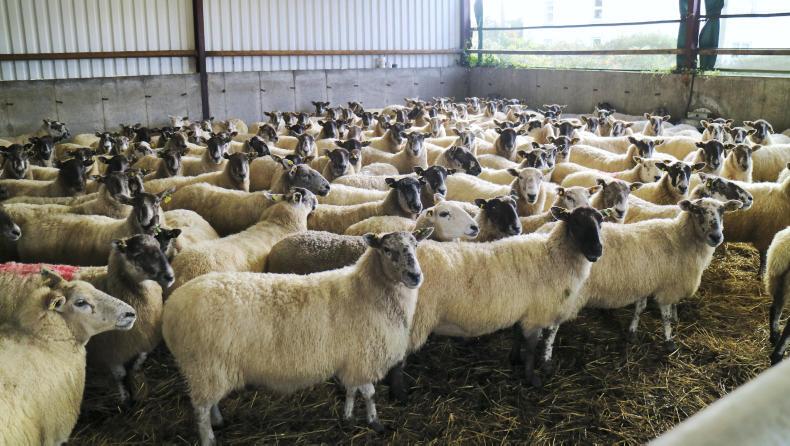
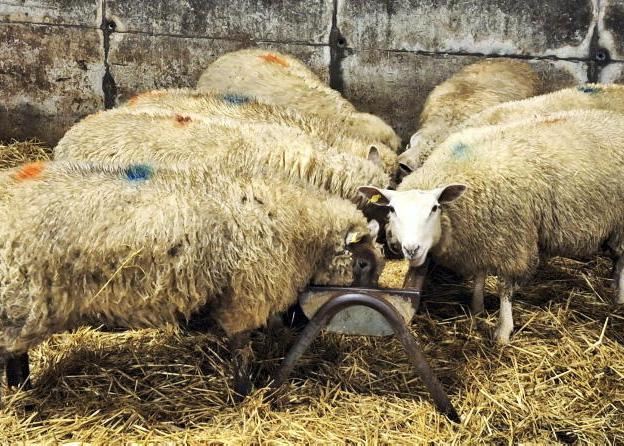

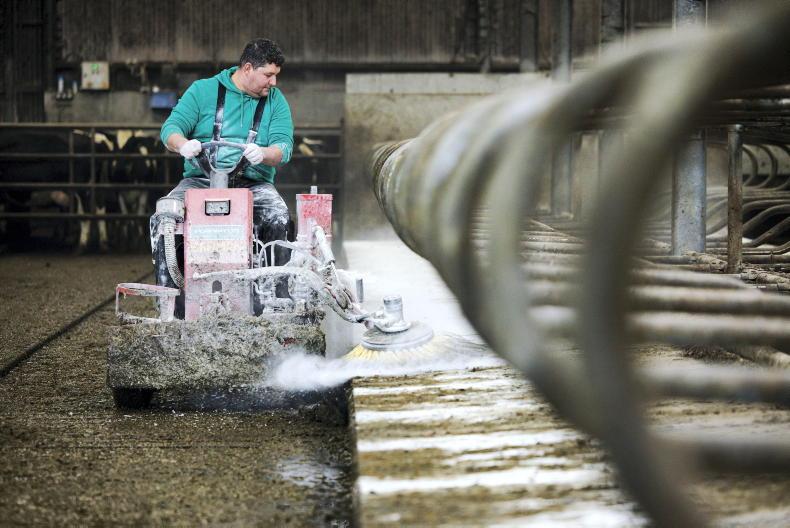
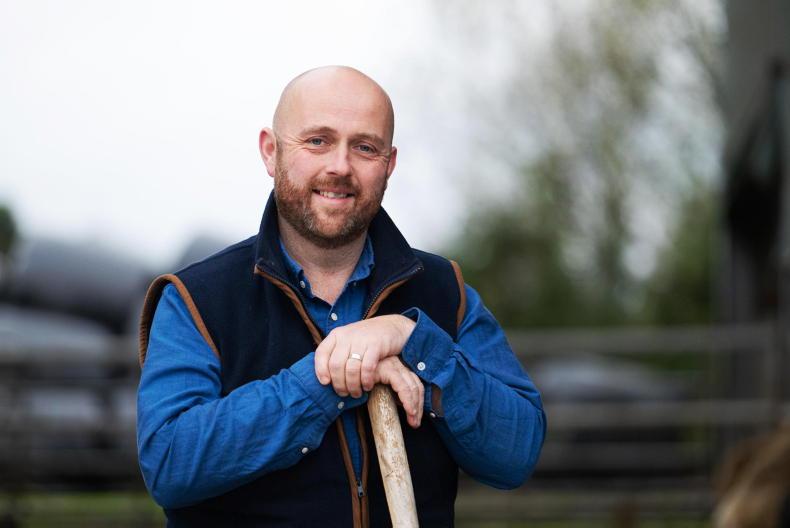
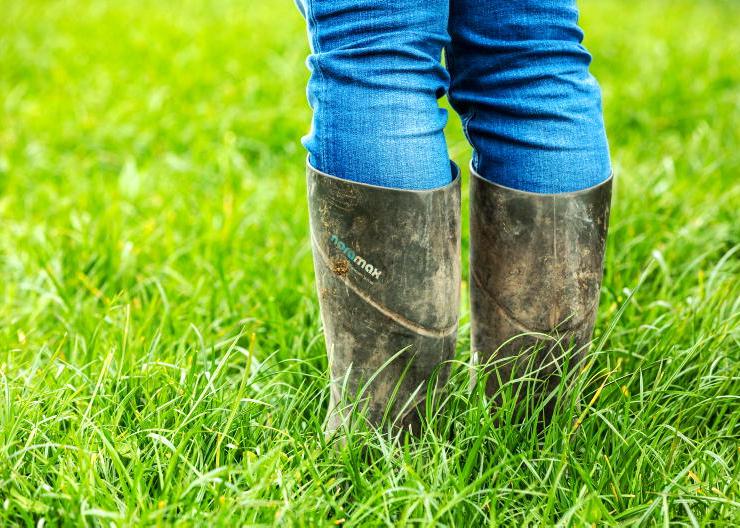
SHARING OPTIONS